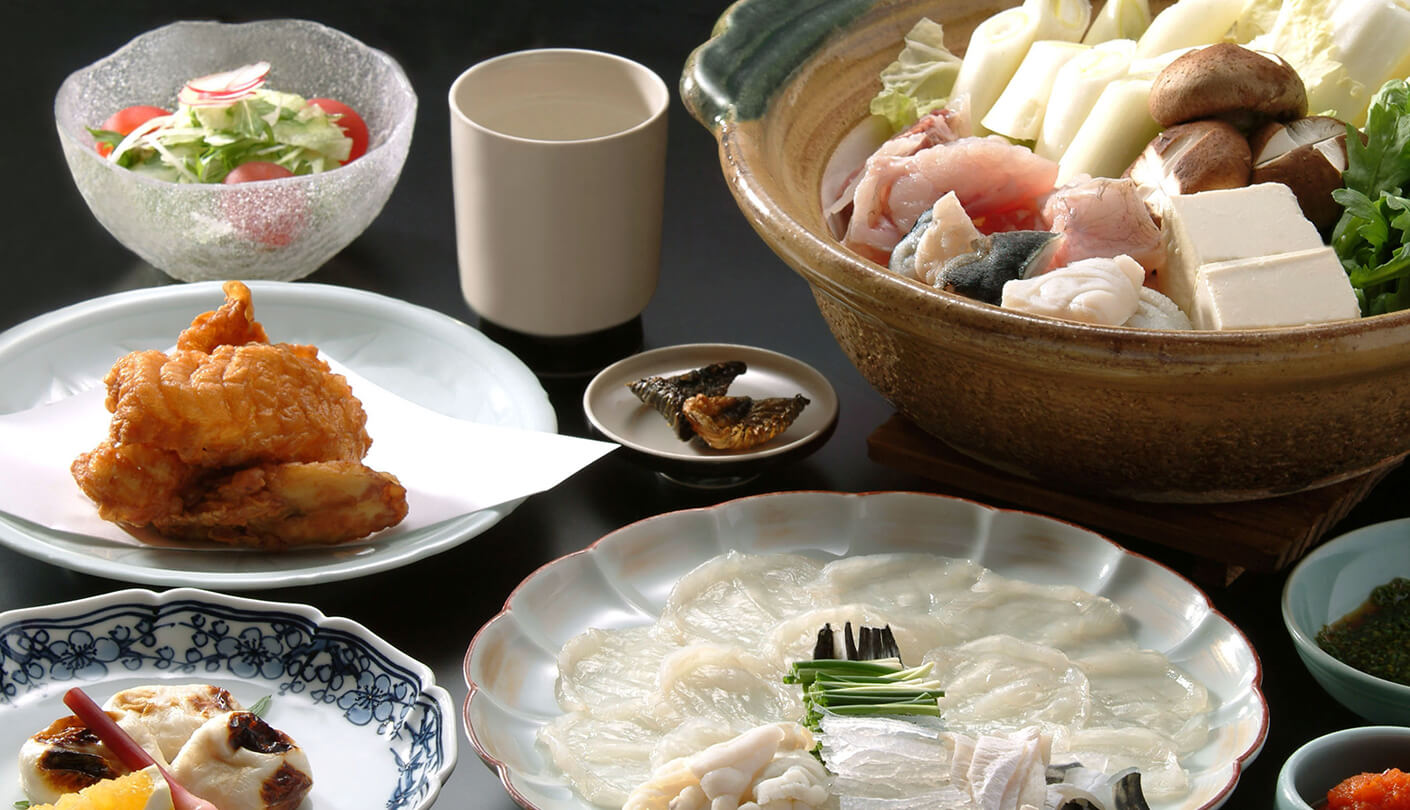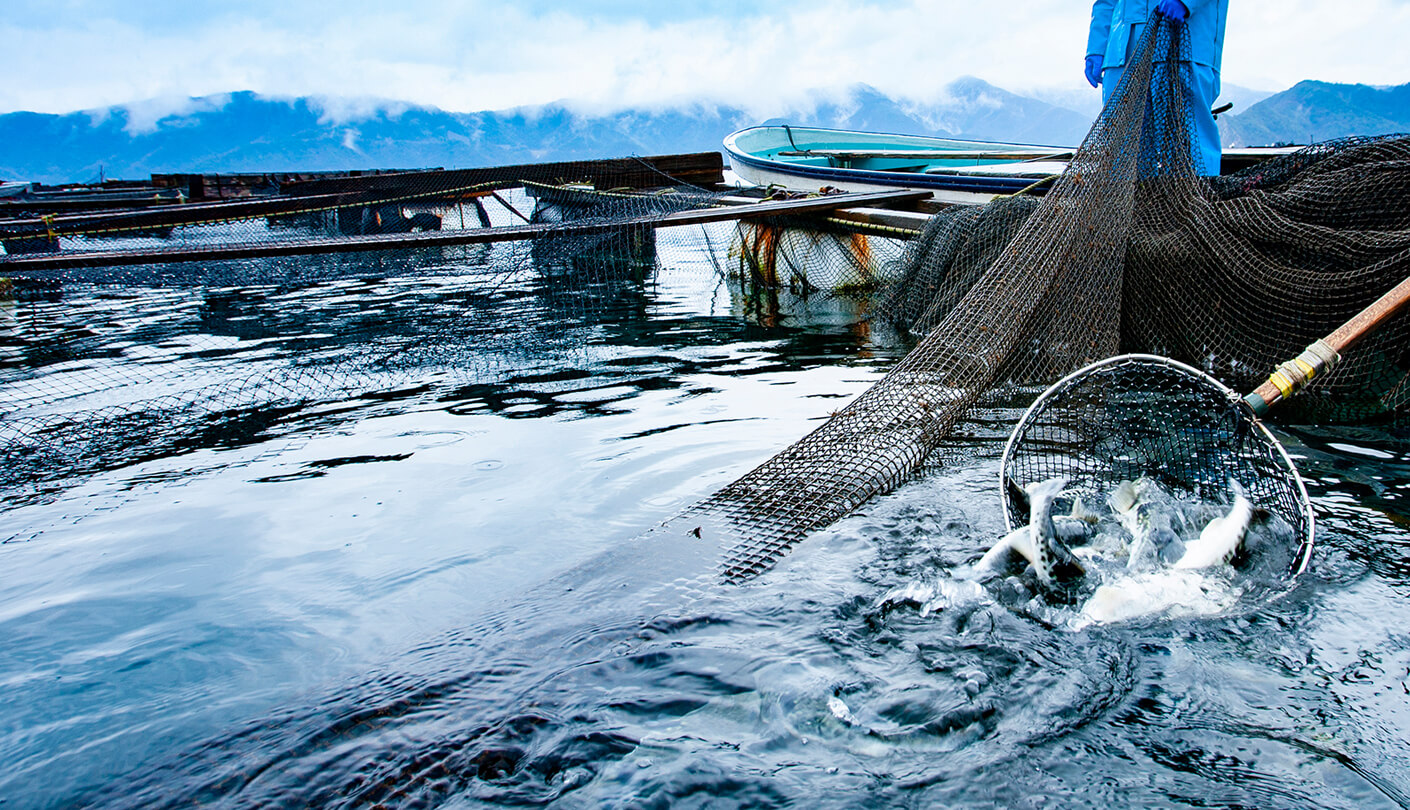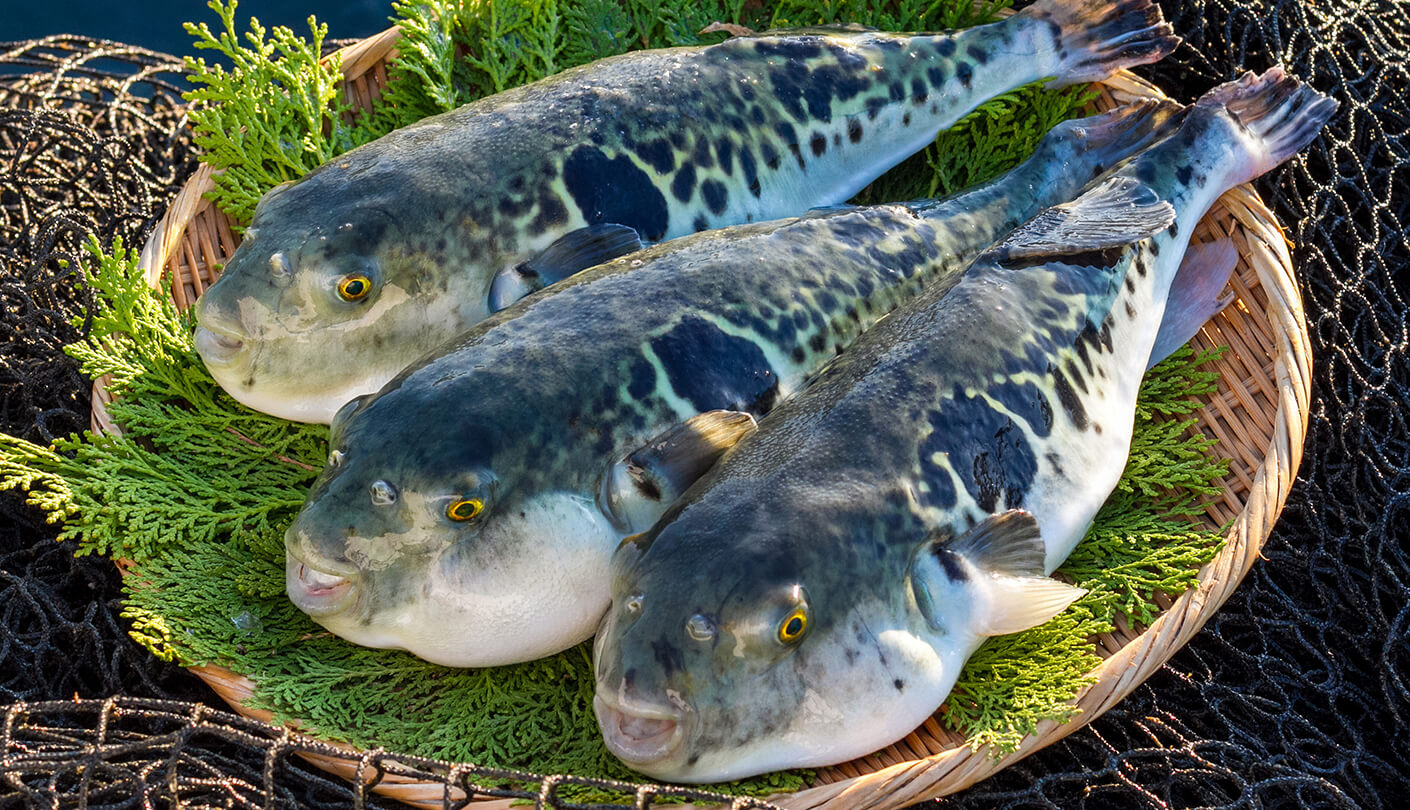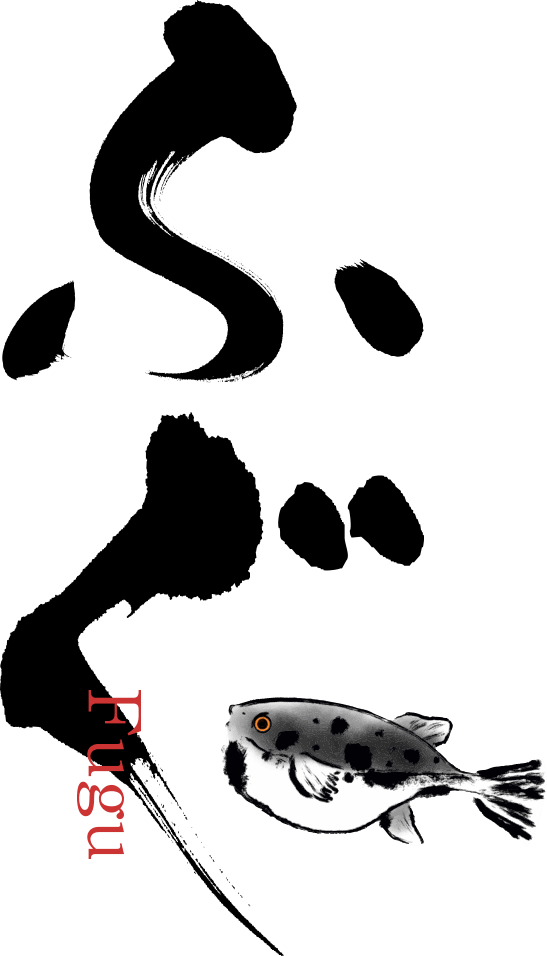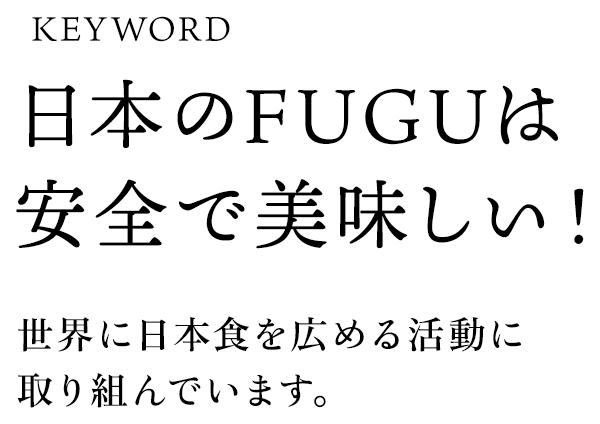Dear International Fugu Association members,
Hello everyone.
I am happy to deliver the 36th issue of the International Fugu Association (IFA) newsletter.
Japan is a country with many disasters, but this year, there have been many floods.
If you are in Chiba, please be careful.
Fortunately, the number of overseas members of the IFA has increased, so I decided to send an English newsletter.
1. About promotions for Singapore
An article about pufferfish arrived from a Chinese newspaper that took part in the event in September. (10/19 in Singapore)
It became a good advertisement for Japanese Fugu.
2.A Japanese Fugu business meeting in Singapore.
IFA organized a Japanese Fugu business meeting at the high-end Chinese restaurant on the 60th floor of the UOB building in Singapore. UOB is the leading bank in Singapore.
The restaurant was very crowded, with nearly 100 visitors.
The Fugu ice sculpture is shining.
Seminar and tasting events were also exciting.
We entertained visitors with a super gorgeous menu, such as Fugu sushi, Fugu dumplings, boiled Fugu, deep-fried Fugu, Fugu sashimi, Fugu udon, among others.
A variety of Fugu dishes in Chinese style raises visitors' interest "How do they taste?"
Everyone at the venue restaurant and the chefs who helped with Fugu sushi were accommodating.
This event could not be successful without their cooperation.
My sincere appreciation to them.
Visitors were mostly from restaurants. They were amazed at the appeal of Fugu and a wide range of the menu.
I heard many voices at the business meeting, saying, "If I can import fins, skins, and milt, I want to use them!"
I once again felt that if SFA lifted these import bans, sales would expand.
3.As scheduled, the next day, on October 17th, we organized a Japanese Fugu study session with the Singapore Food Agency.
Prof. Nagashima of Niigata Food and Agriculture University explained the mechanism of Fugu poison.
He delivered all explanations in English without Japanese translation, so it was helpful to shorten the study session time.
I think he worked hard to prepare his text.
During the discussion time, an observer expressed that the Japanese government had a different view on the Fugu poison.
I was thrilled to hear when Dr. Nagashima responded to it by saying, "This is true (about the farmed Fugu is toxin-free)!"
After all, I was impressed with the researchers.
I explained the history of Japanese Fugu eating and Japanese Fugu hygiene rules.
As the representative of IFA, I requested approval of imports of fins, skins, and milt even if those are limited to those of Torafugu Tiger puffers.
This time, five people from each SFA food import department participated in the study session.
There were many questions from the SFA manager during the discussion.
Since he raised many questions, especially about farmed Torafugu tiger puffers, they seemed to show their high interest in Torafugu.
Thanks to Dr. Nagashima, SFA seemed to deepen their understanding of Japanese Fugu.
I felt that imports of fins, skin, and milt could be limited to those of farmed Torafugu.
From now on, the Japanese and Singaporean governments will discuss the details.
I want to express my sincere appreciation to Dr. Nagashima, the Ministry of Health, Labor and Welfare, the Fisheries Agency, the Japanese Embassy in Singapore, JETRO, Japan Aquatic Products Export Council, and the JF Zengyoren for their support.
This time I felt the most response in negotiations with foreign health authorities about the lifting on the import ban of Japanese Fugu I had experienced so far.
I wanted to use this experience in the future.


